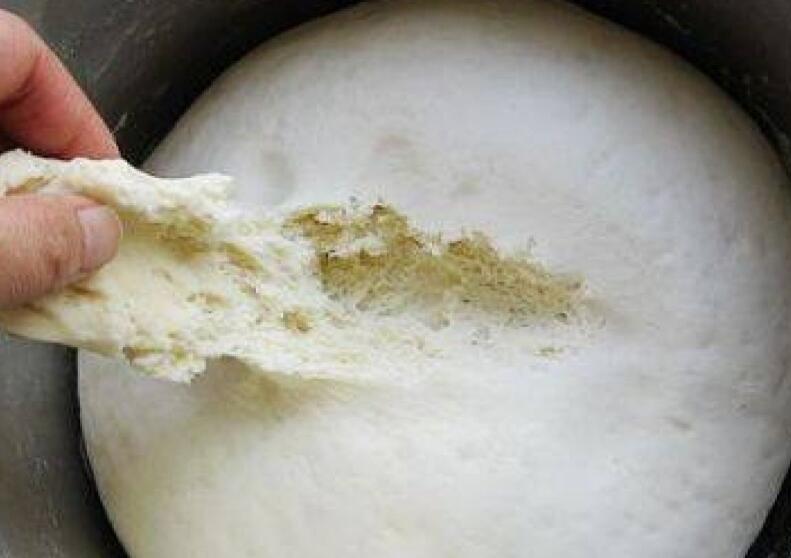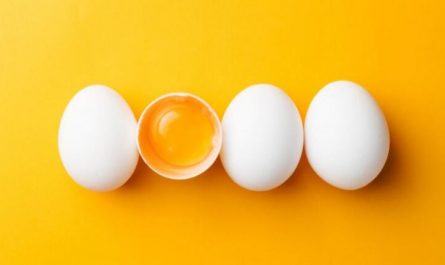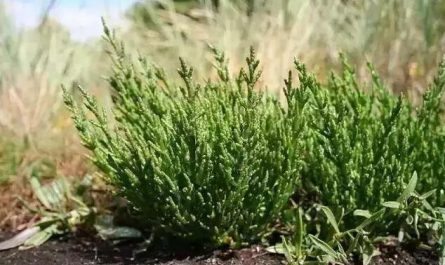To understand this problem, we must first understand what yeast is.
Yeast is a living organism. Under a microscope at 1600 times, you can see living cells, such as spherical, elliptical, cylindrical, sausage-like, etc., with a diameter of about 2-6μm and a length of 5-30μm. These living organisms are called yeasts, which are a kind of fungi and are heterotrophic organisms. They are microorganisms that cannot synthesize nutrients by themselves and need to obtain carbon nutrients from organic compounds.
Yeast is also a facultative anaerobic organism, that is, it can survive in an aerobic or anaerobic environment. Under the condition of oxygen, it grows very fast and breaks down sugar into carbon dioxide and water; under the condition of anaerobic and hypoxia, it breaks down sugar into alcohol and carbon dioxide. Yeast needs water to survive, but it needs less water than other bacteria, so it can survive even with very little water.
Yeasts need a suitable temperature to survive. It is best to grow and reproduce more comfortably at 20-30°C. If the temperature is lower than 0°C or higher than 47°C, the yeast will not grow, but it will not die. Studies have shown that the yeast has a survival rate of 83.5% in the vacuum freeze-drying state, and the longest survival time can reach 22 years; the yeast will die at 55~56℃.
Yeast prefers to live in an acidic environment. The most suitable pH is 4.5 to 5, and it can survive in an environment with pH 3 to 7.5. Lower or higher than this pH range is not conducive to yeast growth or even death.
The mechanism of action of yeast.
In fact, after reading the introduction of yeast above, you can generally know the action process of yeast. In ancient times, people began to use yeast to make delicacies, such as making steamed buns, steamed buns, bread, and wine making. Fermented foods are softer and sweeter, and wine also brings wonderful things to mankind. enjoy.
At that time, people didn’t know that it was yeast at work. They only knew that the new noodles could be “smelted” as soon as possible by leaving a rotten old dough. The bread and steamed buns made in this way were soft and delicious. After people ferment the food, they become stuffy, and they produce mellow and tangy wine, which adds a lot of fun to life.
Why does yeast have these magical functions? In fact, it is very simple. Yeasts didn’t think so much. They wanted to make something delicious for humans, just for their own survival and reproduction, which would produce some metabolites. This is closely related to their living habits. The dough is carried out under aerobic conditions. When water and oxygen are sufficient, and there is a suitable temperature, these yeasts will multiply desperately and eat the food in the food. Sugars break them down into water and carbon dioxide.
These changes are in the invisible microscopic level, and what the human eye can see is that the fermented dough will become wet and soft, because the yeast prevents the moisture produced by the process, and the stomata that are created are the yeast exhaled. Of carbon dioxide.
The winemaking is generally divided into two stages. The first stage is to ferment the grain under aerobic conditions to allow the yeast to multiply; the second stage is to put the fermented “wine mash” into the wine cellar and seal it. Under anaerobic conditions, yeast can only convert the sugars in food into ethanol (alcohol) and carbon dioxide. Of course, there are many complicated processes in a good winemaking process, and what is introduced here is just the principle.
The fermented food is full of yeast, why can it be eaten?
After reading the above introduction, everyone knows that the steamed buns we eat or the wine we drink are all made by these invisible creatures. They are the urine from the poop, the fart or the exhaust gas from breathing. And these little creatures are densely hidden in food, and we swallow trillions of them in one bite. Is this harmful to the human body?
One thing to make here is that the steamed buns and steamed buns we eat do have a lot of yeasts, and there are tens of billions in one bite, which is not bad; but there are no yeasts in the wine that we drink, because they They are all hiding in the wine, and the wine is probably the urine of these gadgets.
However, the yeast swallowed by eating steamed buns and buns are their corpses, because they have long been brave and righteous under the high temperature of steaming buns. These gadgets were brutally killed by people after eating a lot of fart (carbon dioxide). Is carbon dioxide poisonous? A small amount is harmless. There is 0.03%-0.04% carbon dioxide in the air we breathe.
The carbon dioxide produced by the yeast only swells up the food. Compared with the air we breathe in, it is very small amount and is eaten into the stomach with the food, so there is no problem at all. The bubbles in carbonated beverages such as sodas we drink are carbon dioxide, which reaches the stomach and is released after a hiccup. It has a ventilating effect.
So are the masses of yeast carcasses that people eat harmful? Tell you nothing. Yeast itself is like egg and meat. It is full of nutrients. It is not only rich in protein, but also B vitamins, various amino acids, fats, sugars, enzymes and other nutrients. It is not only nutritious but also It helps digestion.
There is a kind of dry yeast flakes, also known as Shimusheng, which is mainly made of yeast corpses. This yeast tablet is rich in vitamins B1, B2, niacin, amino acids and trace elements. It is used in hospital clinics to treat indigestion and is also a nutritional supplement.
However, the liquor made by yeast does not have so many nutrients, because the yeast is left in the mash, and only some trace elements and sugars in the grain and water are taken out of the alcohol that is distilled, which does not have much nutritional value. , Drinking some alcohol is mainly to help regulate emotions. What are the benefits of alcohol for the body? Just say that the public is justified and the mother is justified. The WHO has classified alcoholic beverages as a category of carcinogens, which means that there is a risk of cancer, so it is better to drink less.
The main benefit of yeast.
Yeast fermentation of food is a biological process that changes the intrinsic activity of food through fermentation. Specifically, it has the following significant benefits:
1. It can improve the nutritional value of food: Yeast is divided into fresh yeast and dry yeast. It is an edible single-celled microorganism and is known as “an inexhaustible source of nutrition.” According to research, the protein contained in 1 kg of dry yeast is equivalent to 5 kg of rice, 2 kg of soybeans, 2.5 kg of pork, as well as vitamins, amino acids, etc. Therefore, the nutrition of pasta made with yeast is 3 higher than that of unsent pasta. ~4 times.
It can be seen that by implanting yeast, these yeasts grow by themselves and increase the nutrients that are not or cannot be absorbed in many foods. Humans provide food for these yeasts, and they finally use their bodies to double these nutrients. It was returned to humans.
2. Protect the liver and improve immunity: Yeast has a strong antioxidant, which has a certain detoxification effect, thereby protecting the liver; the minerals such as selenium and chromium in yeast have anti-aging, anti-tumor, and prevent liver cirrhosis effects. It can improve human immunity; fermented pasta can decompose phytic acid, which affects the absorption of calcium, magnesium, and iron, so as to improve the absorption and utilization of these nutrients.
3. Make the food more fluffy, aromatic and delicious: The dough fermented with yeast contains a lot of carbon dioxide, which is retained in the dough tissue through the gluten network structure. Through heating and steaming, these gases expand to increase the volume of the food and become fluffy and porous. The fermented food undergoes a series of complex biochemical reactions inside, resulting in a unique fermented fragrance, which is more delicious.
So is yeast harmful?
To be sure, the yeast that makes steamed buns is only beneficial and harmless. However, there are more than 1,000 large yeast families, which are widely present in every corner of the world. There are many beneficial and co-prosperous to humans and living things, and there are also some black sheep. For example, red yeast will grow in some humid places indoors, which has corrosive and damaging effects on households; Candida albicans, Candida, etc. will grow in the human mouth, intestines, urethra, vagina, skin surface and other parts, causing human body to suffer damage.
Some research reports show that Saccharomyces cerevisiae also has a certain pathogenic ability. But these are not yeasts that make steamed buns, so they have nothing to do with steamed buns. Today I will talk about the problem of yeast-fermented food. I won’t say much about some harmful yeasts.
Conclusion: Some studies believe that fermented foods have been with humans for thousands or even tens of thousands of years. Primitive humans have already eaten fermented foods, and there has almost never been a record of eating fermented foods, unless the food itself has deteriorated. Therefore, foods fermented with yeast can be eaten with confidence as long as the raw materials are of high quality and hygienic. Eating often has no harm to the body.






